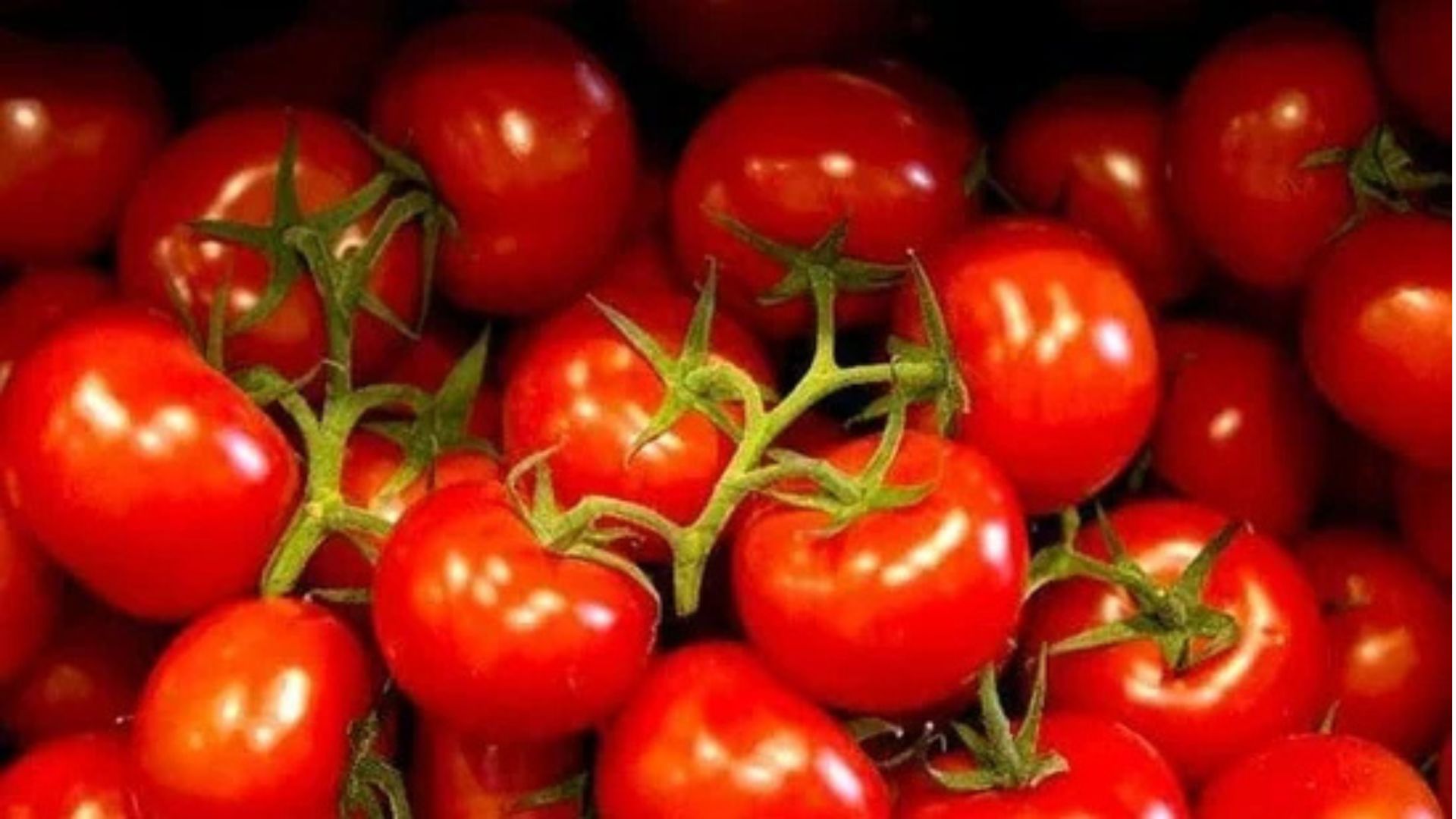Tomato retail prices in India have declined by more than 22% in the past month, thanks to an increase in supply, according to a statement released by the Department of Consumer Affairs on Sunday. The all-India average retail price of tomatoes as of November 14, 2024, stood at ₹52.35 per kilogram, significantly lower than ₹67.50 per kilogram recorded on October 14, 2024.
Wholesale Prices Witness Significant Drop
The decline in retail prices was mirrored in wholesale markets, with a steep drop in prices observed at Azadpur mandi, one of India’s largest vegetable markets. The modal prices at Azadpur fell by nearly 50%, from ₹5,883 per quintal in October to ₹2,969 per quintal in November, as tomato arrivals increased. Similar price declines have been reported in other major benchmark mandis such as Pimpalgaon, Madanapalle, and Kolar.
According to the third advance estimate from the Department of Agriculture, the total annual production of tomatoes in 2023-24 is expected to reach 213.20 lakh tonnes, a 4% increase from 204.25 lakh tonnes in 2022-23. Despite year-round production, there is seasonality in tomato output, affecting supply dynamics throughout the year.
The Department of Consumer Affairs noted that adverse weather conditions and minor disruptions in logistics can have a significant impact on tomato prices due to the crop’s high perishability. A surge in tomato prices during October 2024 was attributed to excessive and prolonged rainfall in key producing states like Andhra Pradesh and Karnataka.
New Arrivals from Key Regions Help Stabilize Prices
Seasonal factors also play a role, with October and November being the primary sowing period in major tomato-producing states. Although arrivals have decreased at major centers such as Madanapalle and Kolar, prices have stabilized due to fresh supplies from states like Maharashtra, Madhya Pradesh, and Gujarat, which have helped bridge the supply gap across the country.
Favorable weather conditions have supported a steady flow of tomatoes from the fields to the markets, ensuring continuous availability for consumers. The short cultivation cycle and the ability for multiple harvests have contributed to maintaining a good supply of tomatoes despite regional production fluctuations.







